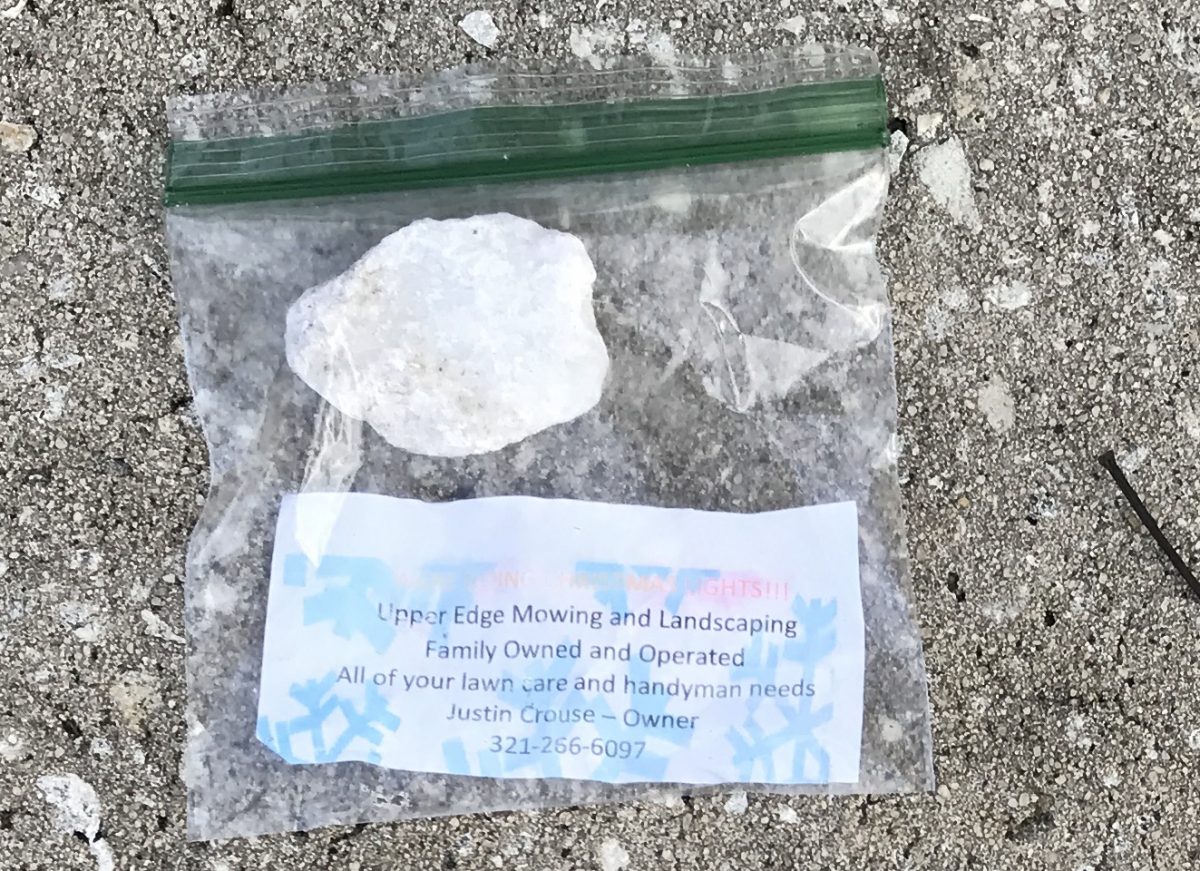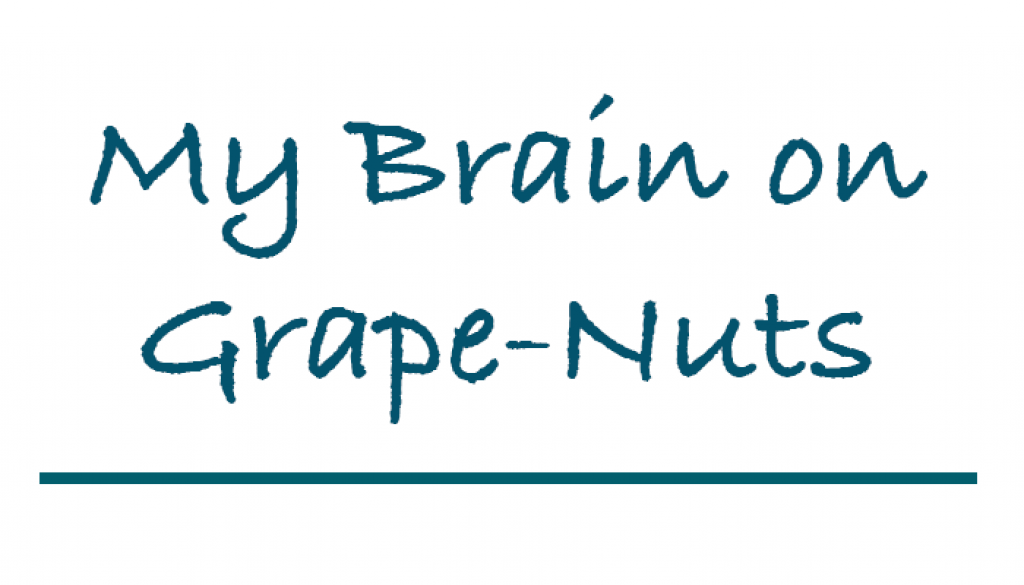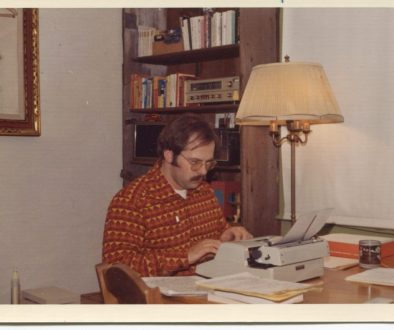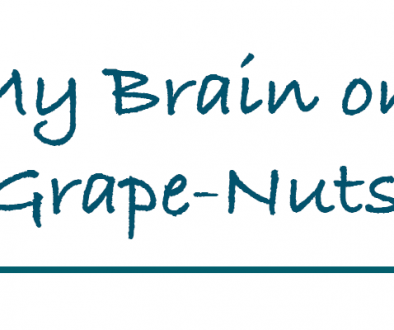Direct Marketing 100
What can we learn from the simplicity of yesterday’s marketing techniques?
I’m at my writing retreat in Florida, where the sun shines most of the time and the grass grows all winter long. I walked out to my mailbox the other day and saw a piece of something that didn’t look like it had fallen from my camphor tree or was a copy of the freebie Hometown News paper lying on the driveway, so I walked over to it. This is what I saw:

I picked it up and looked closely. Hey, thought I, what a clever way to advertise. I looked up and down my street; yep, every driveway had one of these little baggies with a rock and a note inside. Understand, lawn-mowing and property landscaping is nothing short of Big Business here in Florida. Almost everyone wants a well manicured lawn and a handsome street-view appearance. I do recall once seeing a guy out mowing his own yard, but by and large this work is left to small businesses like Upper Edge. (And certainly not just here in Florida; long gone are the days of the teenaged kid cutting the neighborhood lawns for fifty cents apiece.)
So, if everybody hires out lawn maintenance, why is Justin Crouse advertising? Most likely because some homeowners might be dissatisfied with their current contractor for one reason or another, and an alternative solution is no further away than lying in their driveway. The baggie keeps the message dry and the rock keeps it from blowing away. The cost can’t be more than a few pennies to make it, plus whatever it costs to deliver it – again, likely not much. Besides, it’s targeted direct marketing: every baggie lands on the driveway of a potential customer, period. Not a single wasted impression.
Even though Justin’s baggie is, in my opinion, an incredibly brilliant and effective way to market his services, I note he has not overlooked the value of a web presence; Upper Edge Mowing and Landscaping is on Facebook (ugh) and a few other relevent sites so people like me can check his bona fides and read customer reviews.
Here’s the takeaway. I recently published a new novel and needless to say, I want people to read it. Publishing is my small business, like Justin’s lawncare is his. But neither of us gets to reap the benefits and accolades of having a customer base unless people know about our products and services, and that means he and I have to market them. We can’t afford to hire some big hot-shot marketing and publicity outfit to do it for us. And besides, in all likelihood we can do it better (but perhaps not at quite the same scale) because we know our product and our customer much better than a stranger. Which of course is why Upper Edge’s baggie-on-the-driveway marketing strategy makes so much sense. I’m trying to figure out something similar for my books – like this?.

In the earlier days of my publishing career, I was a business books editor. One of my disciplines was marketing, and one of the books I was responsible for publishing was an Introduction to Marketing book. It was authored by two college professors who were sharp as proverbial tacks. It was 1995; we were meeting to discuss a new edition and the market. They said the subject area was about to boom. I asked why. They said up until that time, marketing had been regarded as a transaction from the goods- or services-maker to the institutional buyer, but as society and the nature of consumers had been changing a lot, the naure of the transaction was changing and growing more sophisticated and refined. Fine-tuned. There were researchers studying how consumers behaved in sales and marketing interactions, and marketing strategies were being readjusted. Marketing was, in a word, becoming something of a science.
Of course, they were right. By our current time, the knowledge of marketing strategy implementation had passed from the eggheads and prognosticators to the the minds and behaviors of businesspeople of all ilk, and on into the hands of unlikely practitioners such as authors. Many of whom – more’s the pity – still don’t have a clue about how to market their book. To their great disadvantage the means to an end keep changing all the time, especially when associated with social media. What will be the next marketing shift? I’m thinking about going further and deeper with a grass-roots marketing strategy like Justin Crouse’s. I’ll share more insights and let you know how it’s going in future posts.




